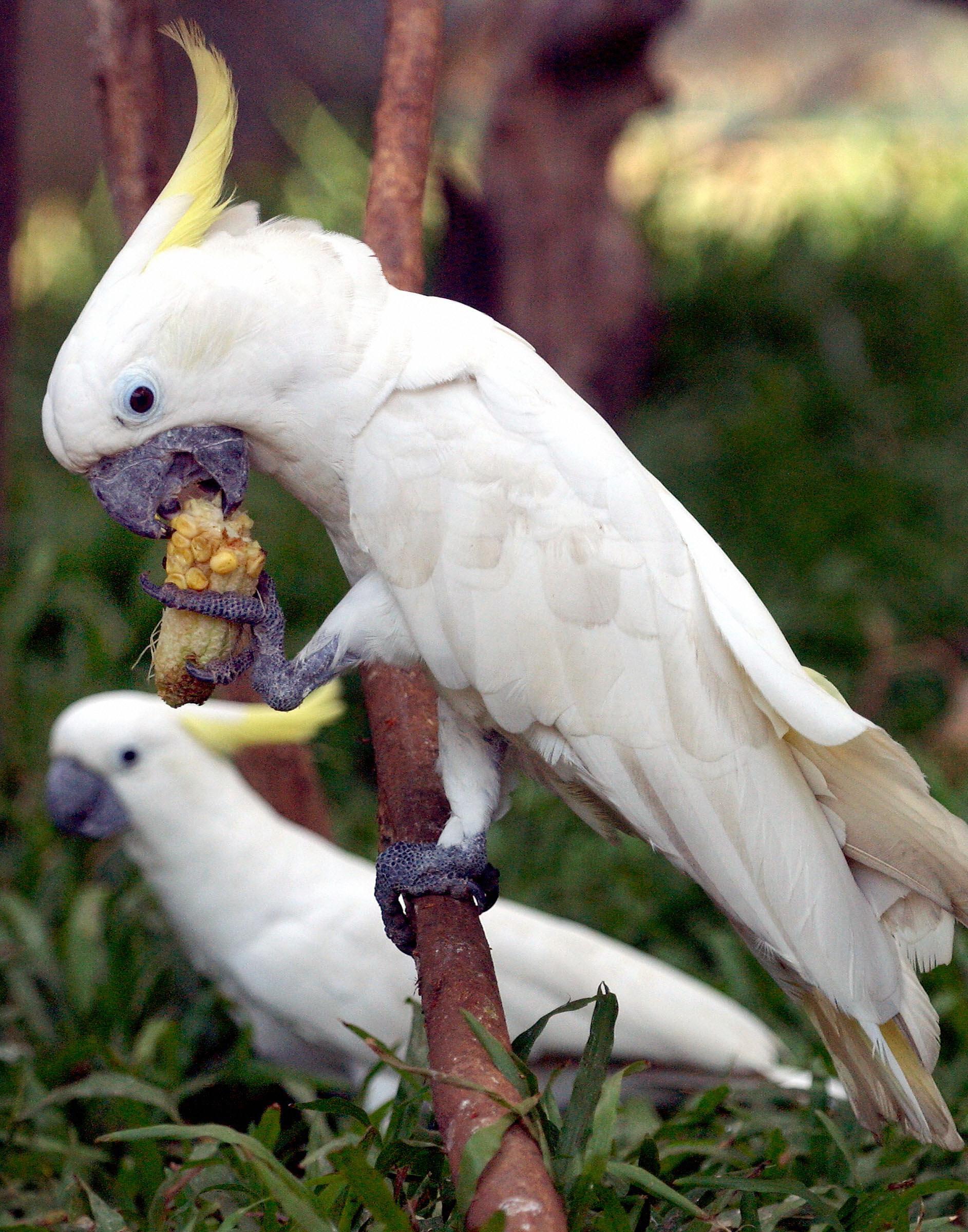Dancing animals aren’t just a viral video sensation; they’re the subject of serious science. At the annual meeting of the American Association for the Advancement of Science in Chicago over the weekend, one panel explored the ability of certain animals to follow a musical beat. The session, titled “Rhythmic Entrainment in Non-Human Animals: An Evolutionary Trail of Time Perception” featured experts in psychology, neuroscience, neurobiology, language, and intelligence. With new studies that “hold increasing promise for understanding the evolutionary trajectories of perception and cognition of temporal dynamics,” according to the session abstract, we now finally have a chance of figuring out what’s behind all those dancing bird videos.
The ability to sense rhythm could help animals distinguish among sounds from different sources and help them synchronize their movements, which can improve perception by providing periods of relative silence.
In humans, according to panelist Aniruddh Patel, a cognitive neuroscientist at Tufts, rhythmic beats activate a broad network of auditory and motor planning regions of the brain. Structures like the basal ganglia are known to be important for timing, and areas of the parietal cortex are thought to help coordinate different cerebral regions. Similar brain activities have now been observed in other animals.
Impressively, researchers have now specifically demonstrated the ability of cockatoos, bonobos, sea lions, and other animals to not only extract a beat from music and follow it, but to adjust their movement if the tempo is changed. Peter Cook, a postdoctoral fellow at Emory University who has closely observed the dancing sea lion Ronan, writes: “The neural mechanisms underpinning flexible beat keeping may be much more widely distributed across the animal kingdom than previously thought.”
The sea lion studies are especially interesting. For years, scientists have thought that animals’ “rhythmic entrainment” (the ability to synchronize with an external beat) was necessarily associated with vocal capacities to imitate sound. Sea lions are quite limited in the sounds they can make, which “poses a real problem for the theory that vocal mimicry is a necessary precondition for rhythmic entrainment,” according to Cook.
Mysteries remain, of course, but this body of research has important implications for evolutionary biology, animal communication systems, and other fields of study. As a story in National Geographic points out, it also contributes to our understanding of the evolution of music among humans. Some researchers have studied the adaptive value of rhythm, noting that music has a social bonding function in humans. These animal studies take us a step closer towards understanding how the ability to sing and dance evolved.
